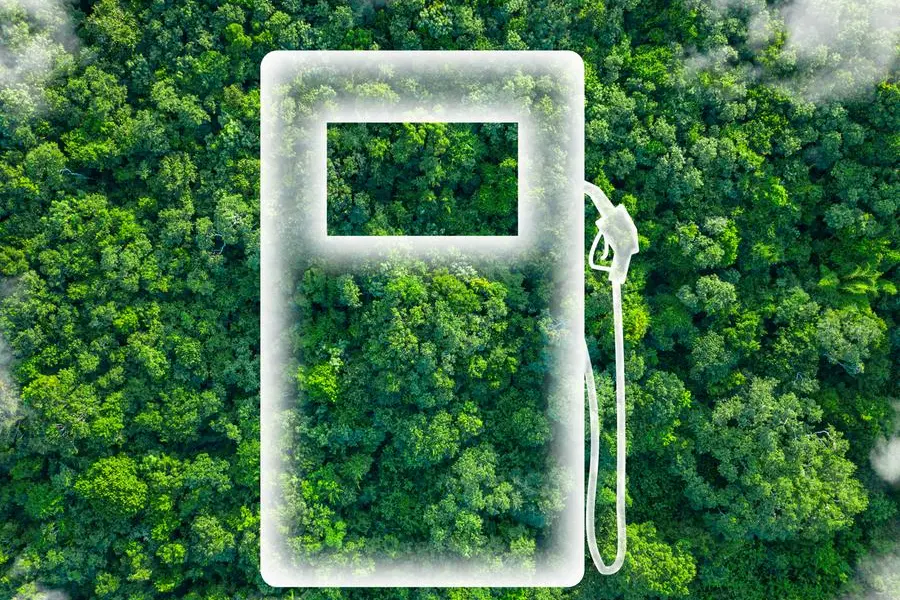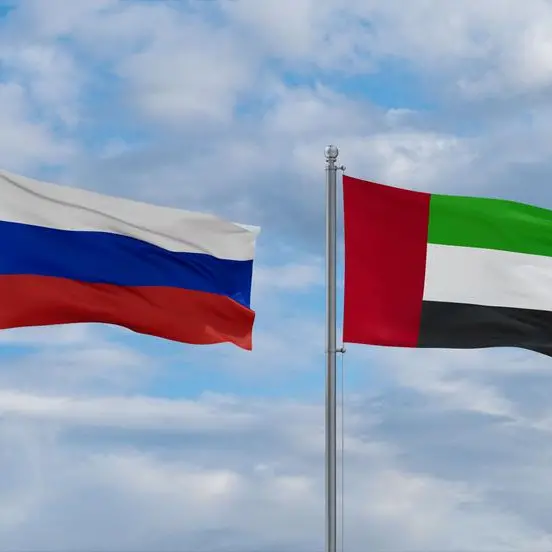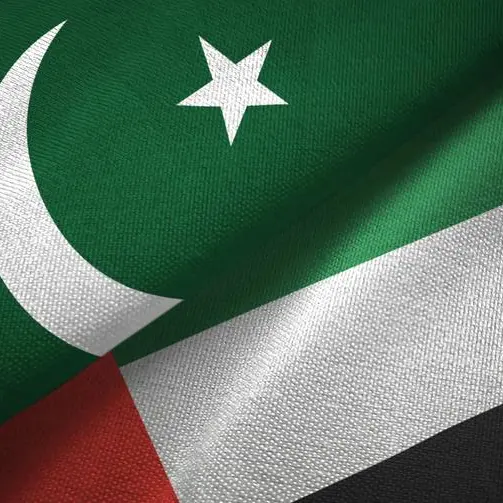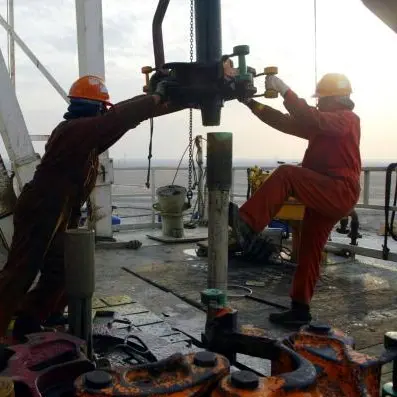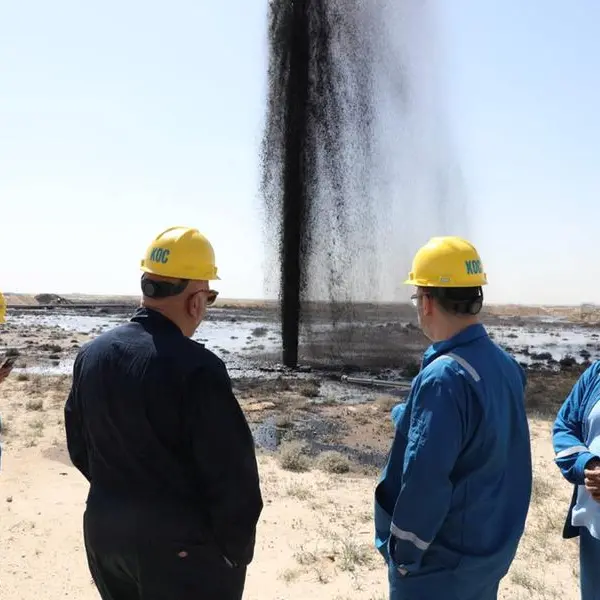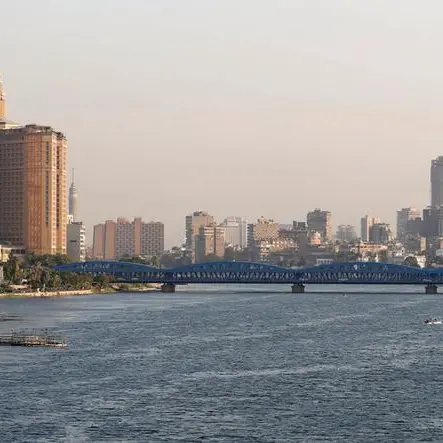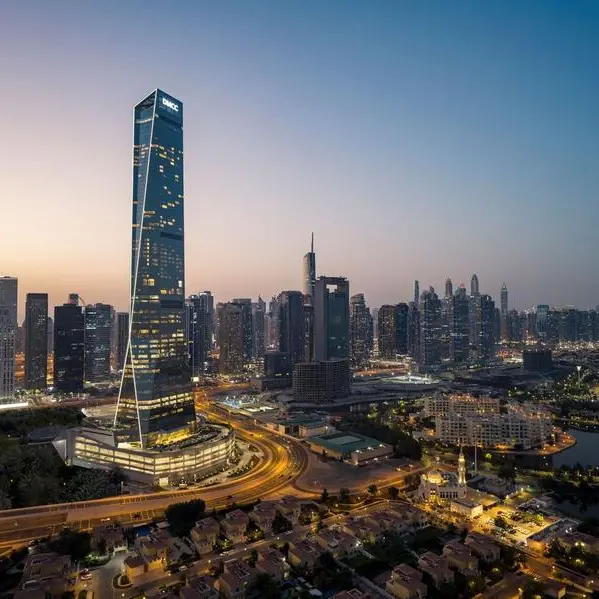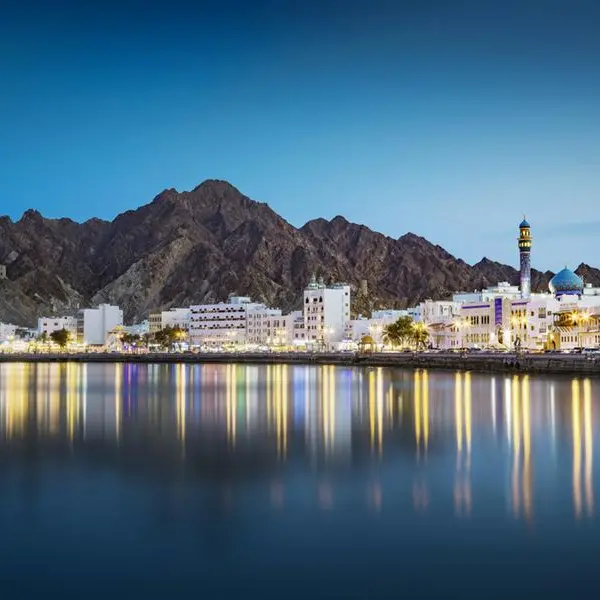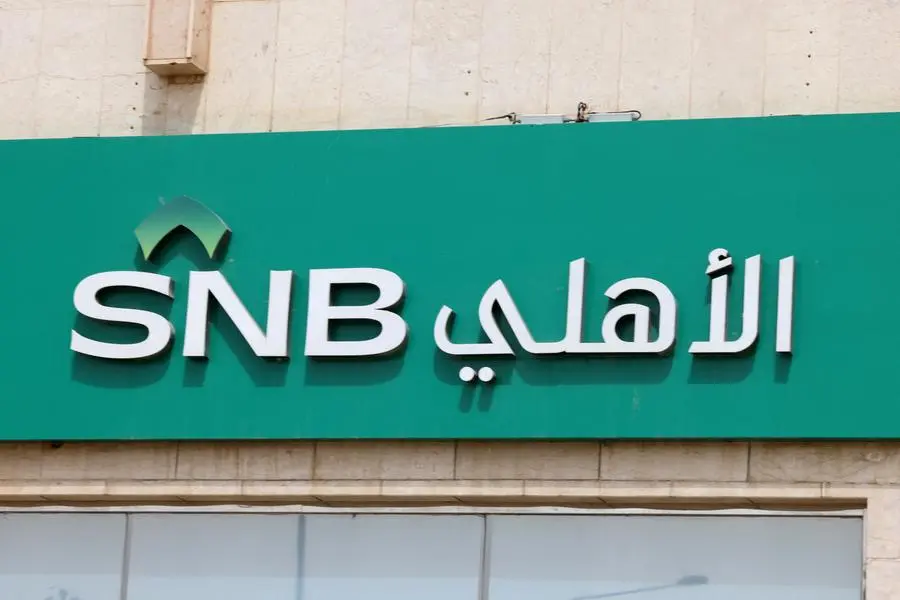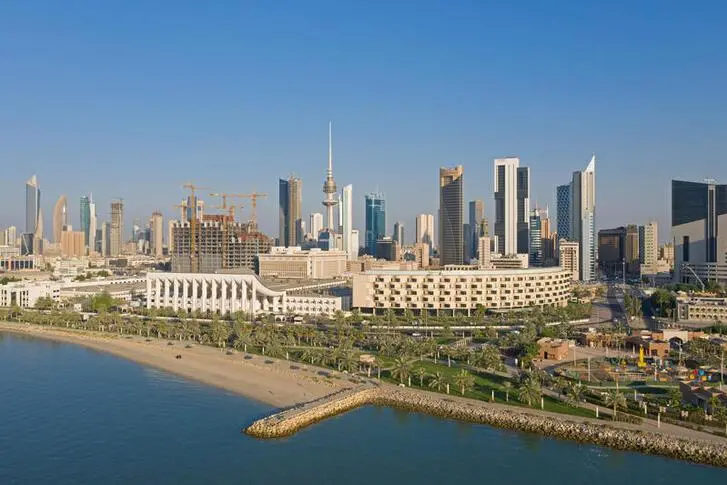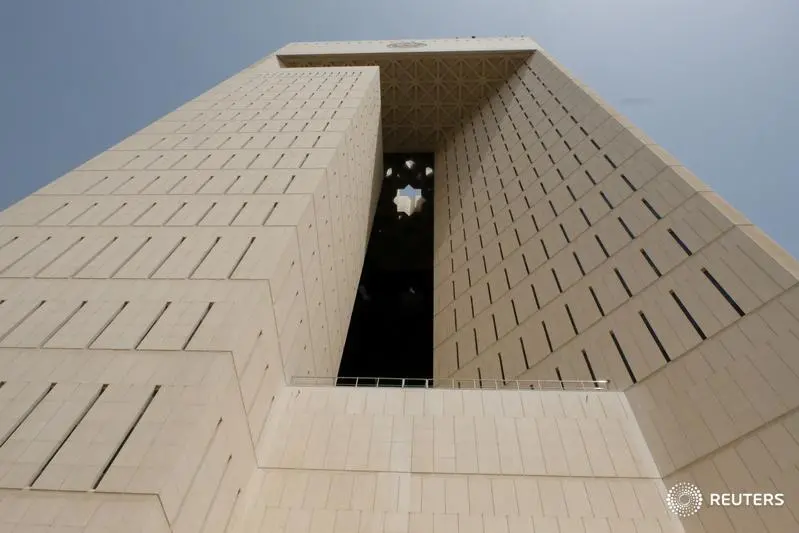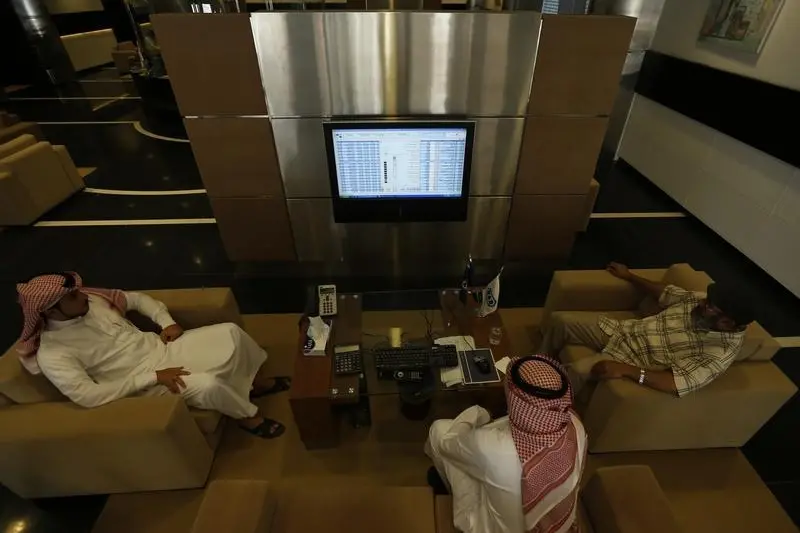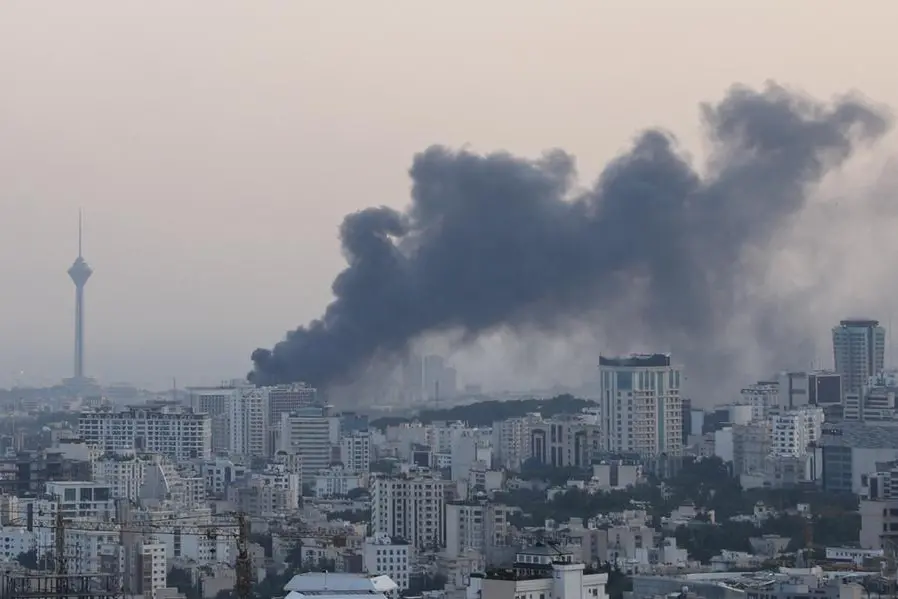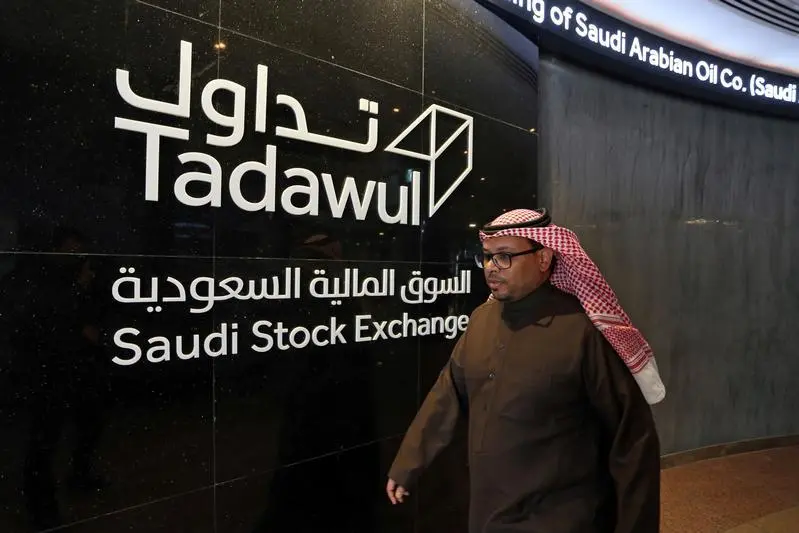PHOTO
Image used for illustrative purpose Getty Images
Muscat – Oman, a voluntary adherent to the OPEC+ agreement, is expected to experience low economic growth of about 1.4% this year due to OPEC+ related oil production cuts, according S&P Global Ratings.
‘We expect hydrocarbon sector output to remain broadly flat in 2024, with the decline in oil production offset by an increase in condensate and gas production. A probable increase in hydrocarbon production should stimulate growth in 2025 and 2026,’ S&P said in a report released on Friday, which revised Oman’s outlook from ‘stable’ to ‘positive’.
Oman’s total oil production declined by 4.3% during January–February this year, attributable to the sultanate’s commitment to the OPEC+ agreement. Crude oil production dropped by 6.8% to 46.025mn barrels in the first two months of this year from 49.391mn barrels in 2023, while condensate production rose by 5.2% to 14.047mn barrels, according to the latest NCSI data.
Earlier this month, Oman and other OPEC+ member nations agreed to extend their voluntary cuts to oil production through the second quarter of 2024, as part of the OPEC+ group’s strategy to stabilise the oil market and prices by reducing supply. Oman extended its additional voluntary cut of 42,000 barrels per day of crude oil until the end of June 2024.
S&P forecasts that Oman’s non-hydrocarbon economy will expand by about 2% in 2024. It also noted that credit conditions in Oman remain accommodative, and credit to the private sector should help support non-hydrocarbon sector growth in 2024, as it did in 2023.
The rating agency expects Oman’s real GDP growth to average about 2% a year over the 2024-2027 period.
‘In the past, public sector spending and investment were significant drivers of growth. Continued deleveraging by the government and in the government-related entities (GRE) sector could dampen growth, in the absence of economic reform measures to improve private-sector performance,’ S&P said.
Even with reform efforts over the past three years, Oman’s economy remains dependent on the oil sector, which accounts for about 30% of GDP, 60% of goods exports, and 75% of government revenues, S&P noted.
The rating agency pointed out that entities under the Oman Investment Authority (OIA) and Energy Development Oman (EDO) will undertake most large investment projects in Oman in the coming years. It expects the related funding to be deployed over several years without undermining the entities’ credit standings.
According to S&P, although GDP per capita is comparatively high at $21,200 in 2024, Oman’s real GDP per capita growth has consistently underperformed that of similarly wealthy countries.
S&P further said that favourable oil sector dynamics, coupled with higher non-hydrocarbon output driven by domestic demand and the performance of key sectors such as tourism, transportation (mainly shipping), and utilities, should sustain Oman’s real economic growth over the 2023-2026 period.
© Apex Press and Publishing Provided by SyndiGate Media Inc. (Syndigate.info).
